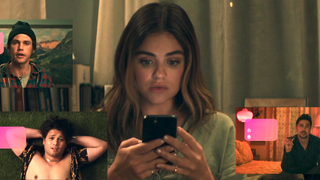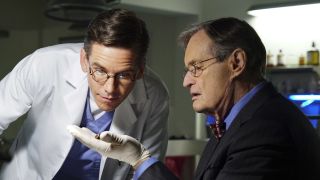Interviews
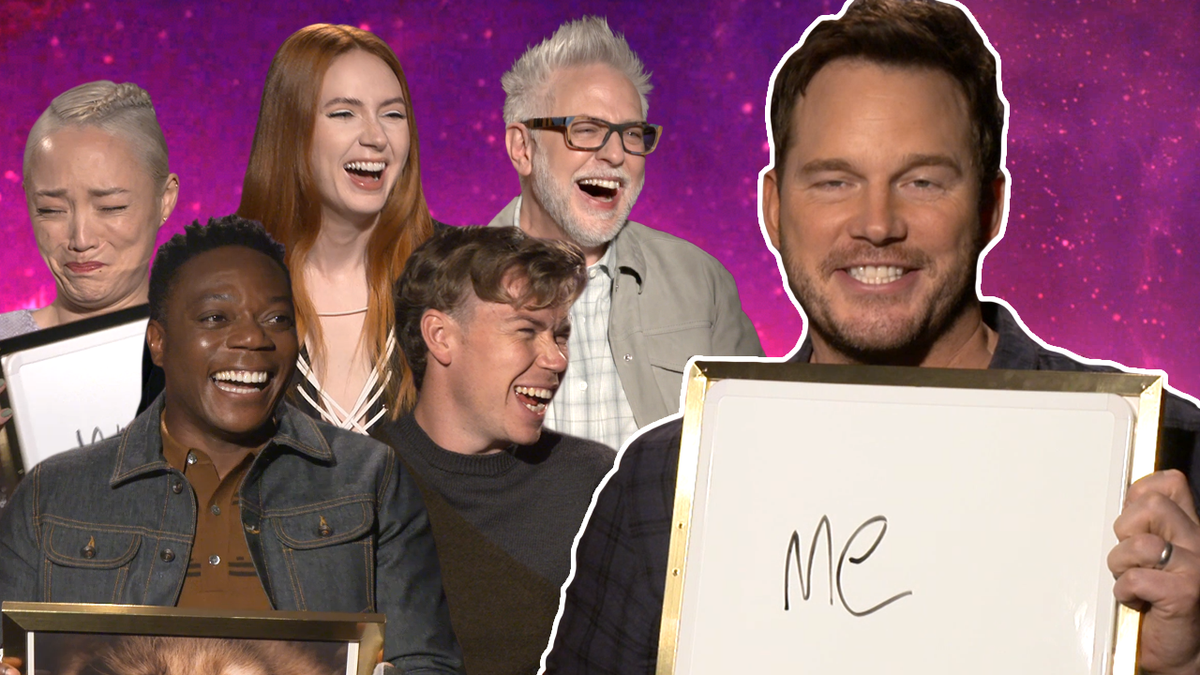
CinemaBlend frequently sits down with the talent who are responsible for the movies, television shows, streaming features, and pop-culture moments that you want to be reading more about. From Tom Hanks to the cast of Avatar: The Way of Water, from the latest contestant on The Masked Singer to the cast of Yellowstone, CinemaBlend ample time for exclusive conversations with Hollywood's biggest stars.
And CinemaBlend prides itself on asking talent the questions that they aren't hearing from every other outlet, leading to passionate answers that are meant to educate and entertain you, our readers. If they are important in Hollywood, they are speaking with CinemaBlend.
Latest about Interviews
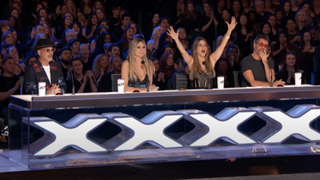
How Are Contestants Chosen For America's Got Talent? I Talked To A Casting Producer During The Auditions, And I Learned A Lot
By Sarah El-Mahmoud published
Exclusives The casting process for AGT Season 20 is currently underway.
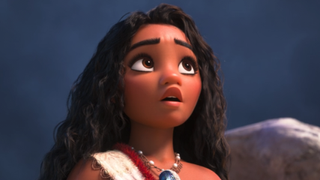
I Asked Moana 2's Directors About The Movie's Ending, And They Pointed Out A Great Easter Egg Nodding At It That I Don't Think Most Fans Caught
By Sarah El-Mahmoud published
Exclusives Can I get a Chee-Hoo?
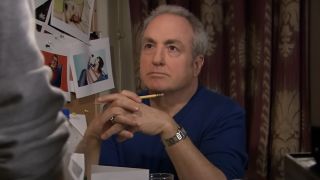
Apparently NBC Considered Firing Lorne Michaels From SNL And Replacing Him With A Future A-List Director
By Mike Reyes published
A lesser known SNL history lesson could have made a huge change,
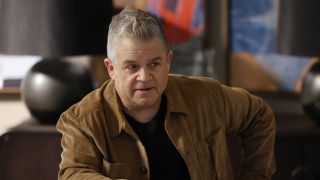
Patton Oswalt Told Us The Big Way He Differs From His Suits LA Self, And I Especially Like His Idea For How He Could Return To The Series
By Adam Holmes published
Exclusive Let's make this happen, yeah?
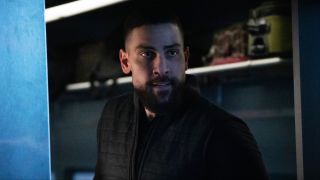
After CBS' FBI Honored Action Movies In OA's Big Episode, Zeeko Zaki Sharing What 'Means The World' Bodes Well For Season 8
By Laura Hurley published
Exclusives Zeeko Zaki opened up about OA's latest ordeal.
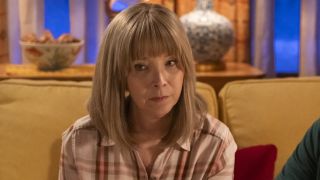
Lisa Kudrow Had A Real Friends Moment When She Was Serenaded With 'Smelly Cat' On The Set Of The Parenting, And I Wish I Could've Seen It
By Sarah El-Mahmoud published
Exclusives "Smelly Cat" may just follow Lisa Kudrow forever.
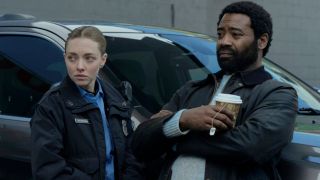
Long Bright River Is Set In Philly. Amanda Seyfried And Nicholas Pinnock Skipped The Accents, But They Want Eagle-Eyed Viewers To Spot These Other References
By Mike Reyes published
Exclusives Peacock's new limited series drama nailed the details, without changing its voice.
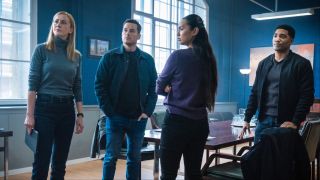
After Revisiting FBI: International's Season 4 Ratings, The Cast’s 'So Cute' Tradition For Watching The Show Makes The Cancellation Sting Even More
By Laura Hurley published
It's still hard to believe the end is nigh for the Fly Team.
CINEMABLEND NEWSLETTER
Your Daily Blend of Entertainment News
